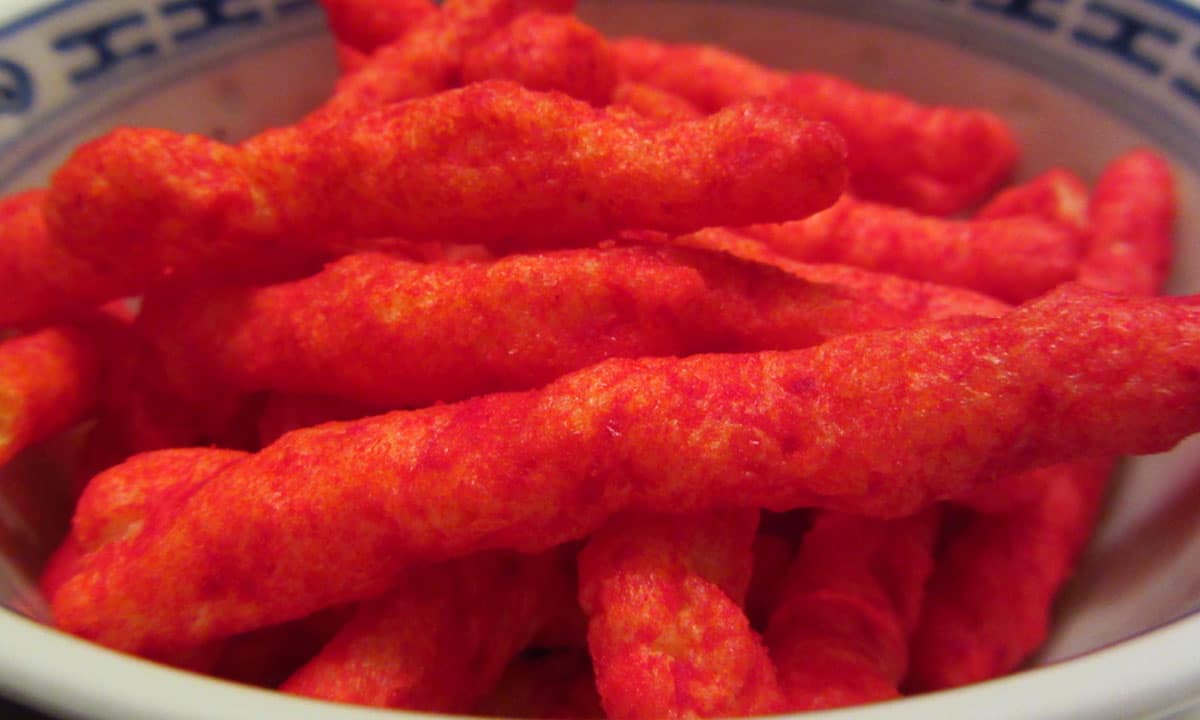In 1936, his recording of 'They’re Red Hot' describes a woman selling 'red hot' hot tamales. (One assumes she was also selling a little something more.) Since then, the food has thrived, mostly in African-American communities, with recipes passed down through generations.
- Hot Tamale & the Red Hots Let Hot Tamale & the Red Hots be a part of your next event for an exciting and memorable show! Booking: Kori Bodtke, knkbod@juno.com, 515-771-0302.
- GET FIRED UP!® with HOT TAMALES® Fierce Cinnamon, America’s #1 Cinnamon flavored candy.! HOT TAMALES® is the original variety of spicy and intense chewy cinnamon flavored candies that offers a flavor-charged and mouth-refreshing taste!.Based on national sales data.
Rosedale, Mississippi, looks as you might expect it would, given that it’s on the short list of sites where musician Robert Johnson may have famously sold his soul. It’s a dusty town on the edge of things, a blur passed on the highway. But if you take the time to stop and read the signs, you’ll notice a Blues Trail marker honoring, of all things, the hot tamale.

The sign stands outside the White Front Cafe, which opened in the 1970s and remains one of the Mississippi Delta’s beloved restaurants despite its limited menu of pickles, penny candy and, yes, hot tamales. Why is that? Because, according to current proprietor Barbara Pope, after caring for members of her family, she never had time to add anything more.
When I stopped into the shop to ask about the history of the tamale history in the area, I found 72-year-old Pope peeling garlic by hand. She spoke quietly. I had to lean in close to hear her.
'I can’t tell you much,' she said. 'I don’t even know when my brother opened the place.'
Nor did she know how tamales wound up here. She’d never really asked. 'There are some things you just take for granted,' she said. The firmest evidence of the local hot tamale tradition comes from Robert Johnson himself. In 1936, his recording of 'They’re Red Hot' describes a woman selling 'red hot' hot tamales. (One assumes she was also selling a little something more.) Since then, the food has thrived, mostly in African-American communities, with recipes passed down through generations. Barbara learned tamale making in 2004 from her brother when he was on his deathbed.

Rolling tamales is a difficult task, but Pope refuses to succumb to the temptation of the tamale-making machine that has become a common local tool. Pope also grinds her own brisket, scoffing at the quality of pre-ground hamburger meat. The result is a juicy mess that slides out of its corn husk with a puff of steam and a whiff of spice, all warmth and sustenance.
Many historians credit early twentieth-century migrant Mexican laborers as the creators of tamales. African-American laborers picked up a taste for them, intrigued by a lunch that could stay warm throughout a long day in the field. (A rival theory holds that veterans of the Mexican-American War in the mid-nineteenth century began to make them when they returned home.)
But don’t mistake these tamales for their Mexican predecessors. Most locals use coarse corn meal rather than fine-grained Mexican masa harina. And a Delta tamale, unlike the Mexican tamal, is not steamed but rather simmered in a juice flavored with cumin, cayenne, paprika, and garlic. 'Everybody uses the same seasonings,' Pope told me.
Still, she said with a sly smile, some tamales are better than others. Why is that? Maybe it’s the amount of meat she uses, Pope said. Or just a stubborn commitment to the way things have always been. 'You just keep doing what you’re doing,' Pope said. ' I try to keep the flavor that people are used to. If you have something good, you keep it at that.'
Red Hot Tamales Recipe
Illustrations by Tram Nguyen.